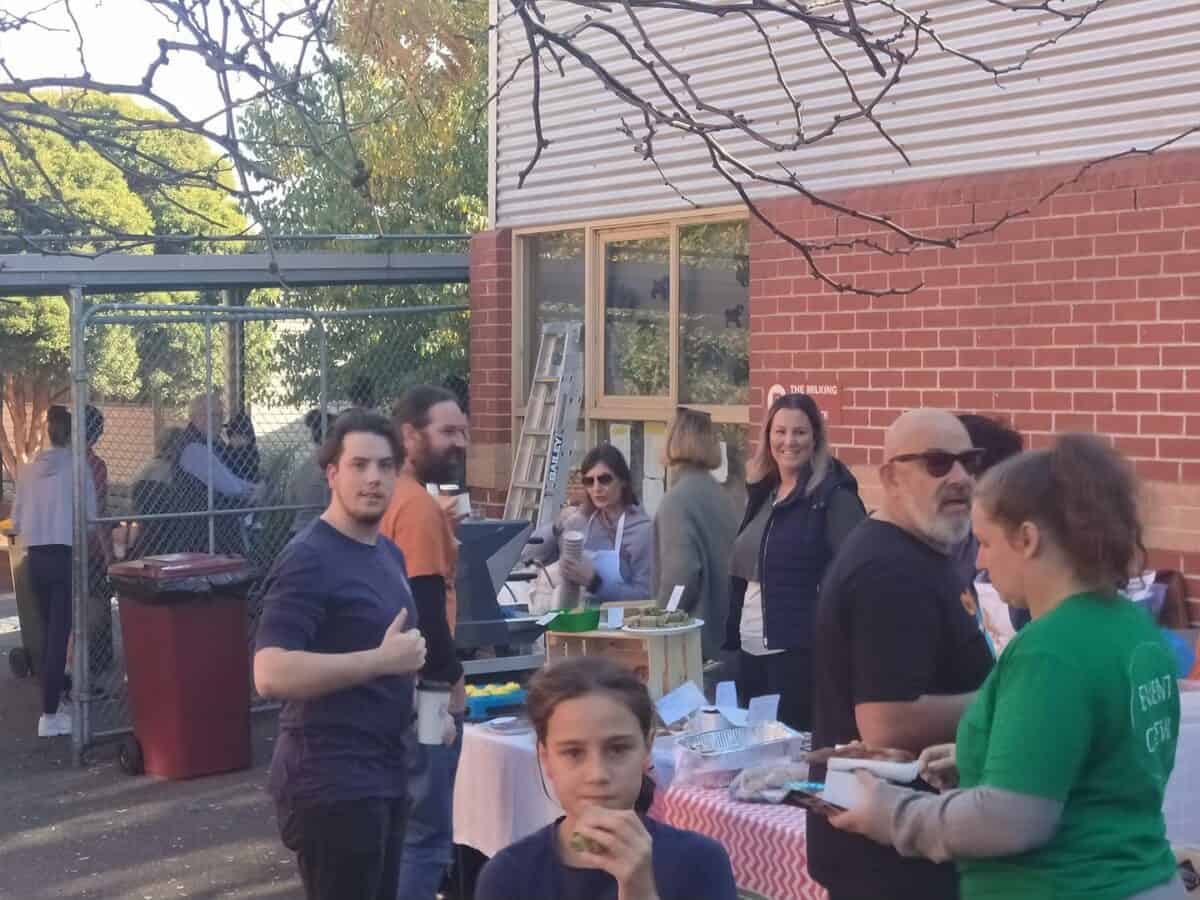Occupational health and safety (OHS) will have little effect on reducing the pace of global warming. Still, OHS will definitely need to assist in changing how we continue to work in future weather extremes. SafetyAtWorkBlog has previously written about working in extreme heat, but a new multimedia report from the New York Times (paywalled) illustrates the challenges in some uncomfortable ways.
You don’t have to talk about OHS to talk about OHS
On November 16 2022, Tony Burke, Minister for Employment and Workplace Relations, spoke at the National Press Club in Canberra. Although his portfolio has occupational health and safety (OHS), workplace health and safety was mentioned only once in passing. In this instance, that’s okay because he is trying to pass a major piece of industrial relations (IR) law. But some of his speech raised issues related to work or how businesses are managed, which do have important OHS contexts.
Dunlop on psychosocial risks in law firms
Recently Maddocks law firm partner Catherine Dunlop spoke on the Lawyers Weekly Show podcast about psychosocial risks in the workplace. Although the podcast aims at legal practices, Dunlop’s comments and advice seem to apply to many white-collar jobs and professions.
Dunlop said that the discussion about psychosocial hazards at work has matured since the sexual harassment Respect@Work report and that:
Stress dressed up as burnout
One of the impediments to a discussion about mental health at work is the discussion of burnout. There is little doubt that burnout is real, but often it is used as a synonym for mental illness, which is confusing workers and employers, making the prevention of psychosocial harm seem more complex than it is.
Recently a Sydney-based fintech company called Flare released a discussion paper or guide advising on how to manage burnout. It said:
Dan Andrews and “safe jobs” and People versus Profit
“Jobs” is a term regularly used in election campaigns as creating jobs can provide wealth directly to those working and less directly to their employers. But rarely are “safe jobs” mentioned. The Victorian Premier Daniel Andrews mentioned “safe jobs” in his campaign speech for the election later this month. Perhaps more interesting is his pledge to put people before profit.
Andrews was speaking of his success in creating 600,000 jobs since he came to power eight years ago. He said:
“…..when we came to government, we promised we’d get Victoria back to work. Since then, we’ve created nearly 600,000 jobs. More than 300,000 since September 2020. But it’s not just jobs. We want them to be good, secure, safe jobs. It’s why we introduced Australia’s first-ever wage theft laws. And it’s why we made workplace manslaughter exactly what it is: a crime. But when it comes to making Victoria stronger, safer and fairer, our work is far from over.”
Workplace suicides should be both notified and investigated
Why does this blog keep writing about workplace suicides? For decades, occupational health and safety (OHS) policy has been determined and measured by traumatic physical fatalities. Psychosocial policies need to be determined and measured by work-related suicides. But to achieve this starting point, the stigma of suicide needs addressing. Recently Professor Sarah Waters and Hilda Palmer conducted an online seminar about workplace suicides and including them as notifiable incidents under the United Kingdom’s Reporting of Injuries, Diseases and Dangerous Occurrences Regulations (RIDDOR) laws, Australia needs a similar discussion.
New OHS data but few solutions
Safe Work Australia has released its latest statistical profile on work health and safety in Australian workplaces. All of the information in the report is interesting and relevant; most of the information is positive or an update of what was already known. But there are things missing.
The most obvious limitation of these statistics is that the primary source remains workers’ compensation claims data, which may take years to resolve. We know that this data source is not representative of the level of injuries and harm in Australian workplaces. SWA points out that additional sources are used, such as media reports and notifications from local jurisdictions, but these are of variable quality.







